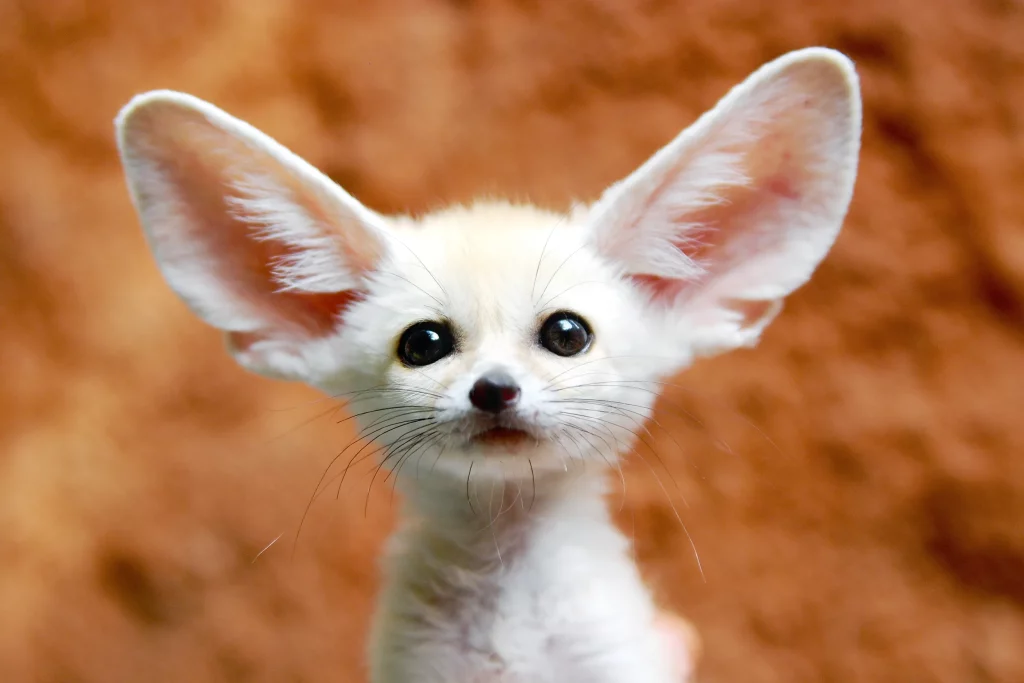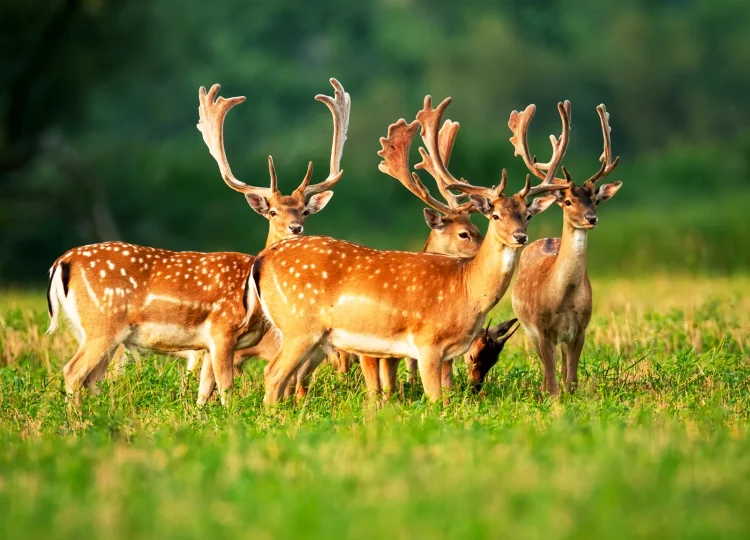I. Introduction: The Twin Crises of Biodiversity Loss and Climate Change
The 21st century faces two intertwined crises: accelerating climate change and unprecedented biodiversity loss. Wild animals—once thriving in vast habitats—now face shrinking ecosystems, changing food chains, and rising threats from human activity. Conservation has moved from a niche concern to a global priority, uniting scientists, policymakers, and local communities.
II. The Climate–Wildlife Connection
Wildlife conservation cannot be separated from climate dynamics:
- Habitat Shifts: Rising temperatures push species such as polar bears and snow leopards toward shrinking, fragmented habitats.
- Migration Patterns: Birds and marine mammals alter migration routes as seasons shift.
- Ecosystem Resilience: Healthy animal populations, such as large herbivores in grasslands or whales in oceans, help regulate carbon cycles and maintain ecosystem stability.
Conserving wildlife is therefore not just about saving species but about preserving planetary resilience.
III. Landmark Conservation Efforts
Several initiatives have demonstrated the power of coordinated action:
- Protected Areas and National Parks: The creation of wildlife corridors in Africa’s Serengeti and the Yellowstone-to-Yukon initiative in North America.
- Community-Based Conservation: Local stewardship in Namibia and Kenya has improved both livelihoods and wildlife numbers.
- Global Agreements: The Convention on Biological Diversity and the recent Kunming–Montreal Global Biodiversity Framework aim to protect 30% of global land and ocean areas by 2030.
These examples highlight the importance of local-global partnerships.
IV. Challenges and Ethical Dilemmas
Conservation in the climate era faces new hurdles:
- Conflict with Human Needs: Expansion of farmland or infrastructure often clashes with wildlife corridors.
- Funding Gaps: Conservation projects in developing countries suffer from limited resources.
- Ethical Questions: How should we prioritize which species to save when resources are scarce?

V. The Future of Conservation
Innovations are reshaping conservation efforts:
- Technology: Satellite monitoring, drones, and AI-driven species identification.
- Rewilding: Restoring apex predators and keystone species to rebuild ecosystems.
- Climate-Smart Strategies: Integrating carbon sequestration efforts (e.g., mangrove restoration) with wildlife habitat protection.
VI. Conclusion: Toward a Shared Planet
Wildlife conservation is not just about saving charismatic animals; it’s about sustaining life-support systems for all species, including humans. As climate change intensifies, animals become both indicators of environmental health and partners in global ecological resilience.
















































